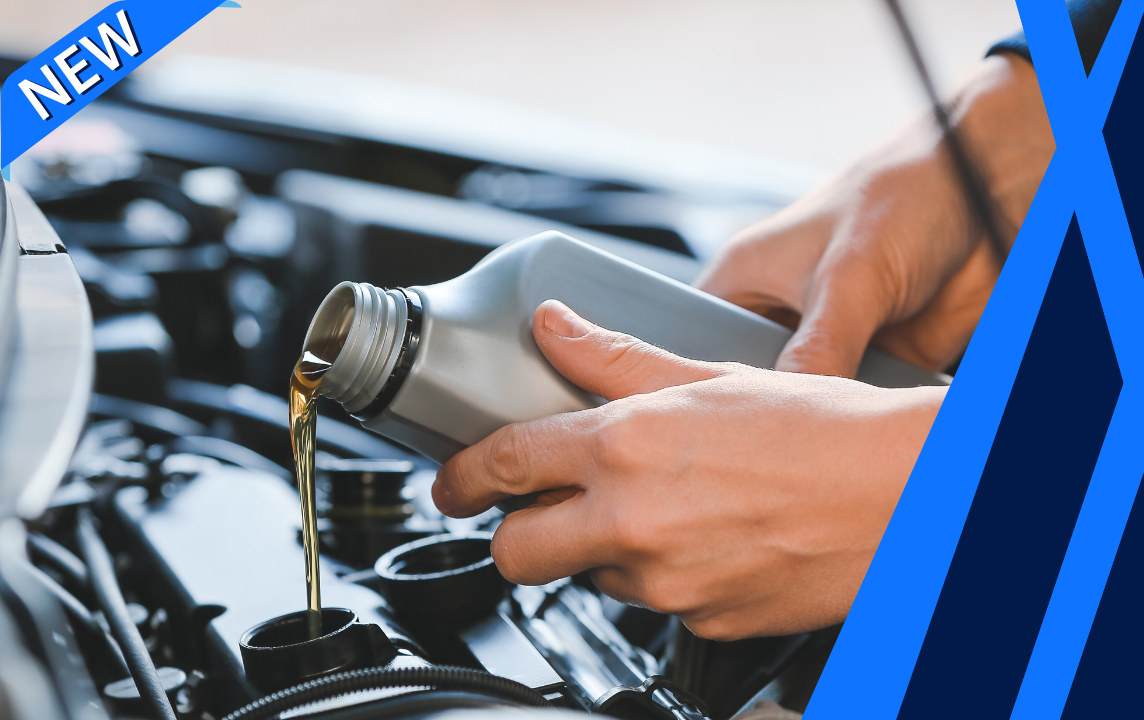Description
Wheel Bearings Replacement
What are wheel bearings and how do they work?
A wheel bearing assembly consists of rolling elements, such as hardened steel ball bearings or roller bearings, that roll on and around hardened steel bearing races. The wheel bearings support the front and rear axle, and all the weight of your car. Wheel bearings are made with a high-precision technique using extremely hard steel in order to withstand all the normal impacts that occur to the wheel and tire assembly as you drive along the road.
When to replace wheel bearings?
- Growling or grinding noise from a wheel. Failed or failing wheel bearings make a very characteristic growling noise which will grow louder as the bearing wear progresses. If you believe the wheel bearing noise is coming from one side of the car, you can self-diagnosis your wheel bearing as you drive the car by loading and unloading vehicle weight You can do this by “swerving” from side-to-side. For example, if the noise markedly increases when you swerve to left, which shifts the vehicle’s weight to the right, then it often indicates the wheel bearing on the right is failing.
- Axial or radial play in the wheel or wheel hub. Should the wheel hub move up and down or in and out, the bearing may be worn.
- Vibration in the steering wheel or vehicle body or wandering. Vibration and lack of directional stability could be consequences of loose or worn out wheel bearings.
- Tire and wheel assembly does not turn smoothly. With the wheel jacked up, and the car not in gear, the wheel should rotate smoothly. Rough or inconsistent movement, which is often accompanied by noise, can signify damaged bearings. Be sure the brakes are not dragging as you perform this check.
How do mechanics replace wheel bearings?
The complexity of wheel bearing replacement varies greatly depending on the vehicle make, model, year, the wheel position (front versus rear), and the drive type (AWD versus FWD):
- On vehicles with unitised wheel bearing/hub assemblies, the brake rotor and caliper are removed.
- The large axle nut is removed, the axle is pushed back through the centre of the unitised hub assembly, and three (or more) bolts holding the hub assembly to the steering knuckle are removed.
- The hub assembly is then removed from the knuckle. On installation of the new hub assembly to the knuckle, the bolts are torqued to the factory specification. In many cases, it is required to discard the old axle nut and replace with a new one. Special attention must be given to tightening the axle nut to the exact factory specification because over or under-tightening can damage the newly installed bearing. All YourMechanic professionals use calibrated torque wrenches on these critical fasteners.
- Finally, the brake rotor and brake caliper are re-attached, the wheel installed and the car is road tested.
- On vehicles where the wheel bearing is pressed into a cavity within the steering knuckle, the steering knuckle must be removed from the vehicle in order to press out the old bearing and press in the new bearing.
- On some vehicles, the wheel bearing is pressed onto an axle shaft and thus the axle must be extracted from the axle carrier. This will apply to certain trucks.
Is it safe to drive with a wheel bearing problem?
No. Wheel bearing failure is usually gradual, although in some cases it starts immediately after the dramatic impact of the wheel and tire assembly with a deep pothole. Wheel bearings can sometimes make noise for quite some time before you experience a catastrophic failure that would result in the complete separation of the wheel and tire assembly from the axle. Generally, the risk of sudden failure increases with the noise level. But strictly speaking, once the bearing has started to fail it is impossible to predict exactly when it will fail. So it should not continue to be driven. Were a failing bearing to seize or break while you are moving, you could experience loss of control of the vehicle. Once you receive a conclusive diagnostic that a wheel bearing has failed, replace the bearing promptly.
When replacing wheel bearings, keep in mind:
- If the car has a substantial number of kilometres on the failed bearing (160,000 kilometres or more), it is a good idea to replace both bearings (driver and passenger) on the axle at the same time.
- Wheel bearing noise can be confused with tire noise from defective tires. In difficult cases, a mechanic will apply remote wireless microphones at all four wheel positions and then drive the car while listening to a remote receiver, switching between wheel positions to pinpoint the location of the failed bearing.




